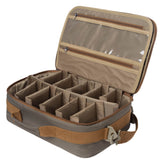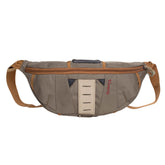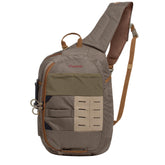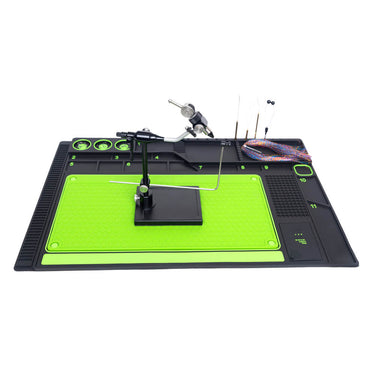Uncharted Waters: Pursuit of the Elusive River Pike
Fishing for northern pike in unfamiliar waters can be both exciting and challenging. To maximize your success, follow these key strategies:
1. Research Before You Go
Maps & Satellite Images: Use tools like Google Earth or Navionics to identify potential hotspots (weed beds, drop-offs, inlets, etc.).
Local Reports: Check forums, social media groups, or bait shops for recent catches and patterns.
Regulations: Ensure you know size limits, seasons, and any special rules.
2. Locate Pike Hotspots
Shallow Weedy Bays (Spring/Fall): Pike ambush prey near vegetation.
Drop-offs & Structure (Summer/Winter): They move deeper when water warms or freezes.
Inlets & Outlets: Oxygen-rich areas attract baitfish and pike.
Lily Pads & Logs: Prime ambush points.
3. Best Lures & Rigs
Spinnerbaits & Inline Spinners (Mepps, Blue Fox): Great for covering water.
Large Crankbaits (Rapala Husky Jerk, Storm ThunderStick): Mimic wounded fish.
Soft Plastics (Paddle Tails, Swimbaits): Effective in weeds.
Live Bait (Suckers, Large Shiners): Use quick-strike rigs to prevent deep hooking.
4. Presentation & Retrieval
Vary Retrieval Speed: Pike often strike on the pause.
Fan-Casting: Cover different depths and angles.
Figure-8 Technique: When a pike follows but doesn’t strike, make a figure-8 motion near the boat to trigger an attack.
5. Handling & Safety
Use a Lip Gripper & Jaw Spreaders: Avoid finger injuries.
Strong Tackle: 20-30 lb braid with a wire leader (pike have sharp teeth).
Release Quickly: Keep pike wet and minimize handling.
6. Adjust to Conditions
Cold Water (Spring/Fall): Slow retrieves, jerkbaits, or dead bait.
Warm Water (Summer): Faster-moving lures near deeper structure.
Stained Water: Bright colors (orange, chartreuse) or noisy lures (rattling crankbaits).
7. Stay Mobile
If an area isn’t producing, move frequently until you find active fish.
Would you like tips for a specific type of water (lake, river, backcountry)? Tight lines! 🎣















